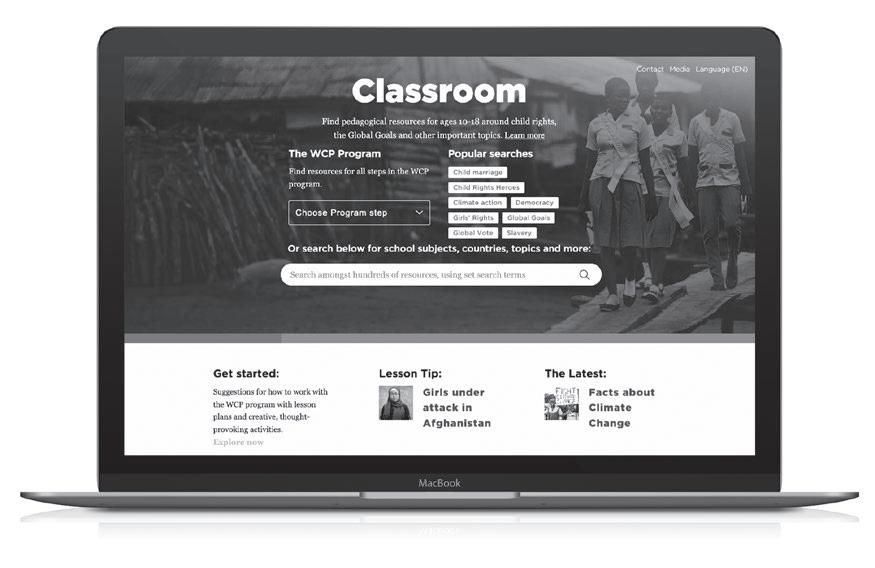
2 minute read
Do children where you live…
Heads Together
The students talk in groups based on the model Heads together, with discussion questions as support. This method can be used for any topic.
1. Divide the students into groups of four. Give the students in each group a number, 1 to 4.
2. Ask one of the questions and then say: “Heads together”. Use our questions or choose your own questions and topics.
3. The students lean in and speak softly/whisper about what they think is the answer, and possible solutions to problems. Once everyone agrees, they lean back and stay quiet to show that they are finished.
4. When all groups are finished, say a number, allowing the students who have this number to share the group’s thoughts and ideas.
RIGHTS & RESPONSIBILITIES
Use the basic ideas of the United Nations’ Convention on the Rights of the Child as a starting point.
• No child should be discriminated against.
• The priority must always be what is in the child’s best interests.

• Every child has the right to life and development.


• Every child has the right to share their opinion and adults must listen.
Work in groups or pairs, and discuss how children are treated in your community. Are some treated worse than others? Are some being bullied at school? Use the following questions to get started!
• What are the best and worst things about being a child where you live?
• What are you most afraid of?
• What would you most like to change about your life right now?
• Is it particularly difficult for some groups of children where you live? If so, for which groups, and why?
• Do adults listen to you enough, for example teachers and parents?
• What is the most important thing to change for children where you live?
After working in pairs and groups, everyone presents their conclusions. If children’s rights are being violated, are there any suggestions for solutions to the problems?
With rights come responsibilities:
• Listen to and respect other people’s points of view.
• Stand up for your rights but also for the rights of others.
• Think about your actions and how they can impact others.
• Support people who need more care than ourselves.
Give everyone time to think about other responsibilities they might have. What happens if they don’t take responsibility?
5. Ask another question. Have the groups discuss in the same manner. Then announce a new number that lets other students share what the group came up with.
6. Continue until everyone has had the opportunity to talk or when you are finished with the questions.
Suggested questions
Do all children where you live...
… have enough to eat every day? have a safe place to rest? go to a doctor when they are ill?
… get listened to and a chance to say what they think in matters that concern them? go to school?
… have enough free time to do homework? have protection against abuse and violence?
… feel that they are listened to?










